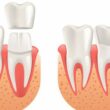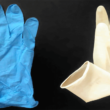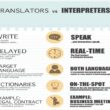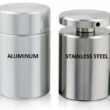Difference Between Isomer And Isotope
Isomer
In chemistry, two molecules are isomers if they have identical chemical formulas but different atomic arrangements. Although the term was first used by the German chemist Jöns Jakob Berzelius for organic molecules, isomerism also exists in inorganic compounds, such as coordination compounds.
Chain isomerism exists among the alkanes, or molecules with a chain of carbon atoms, because the chain may be straight or branched. For example, n-butane (CH3 -CH2 -CH2 -CH3) is a straight chain, and isobutane [CH-(CH3)3 ] is branched. Although the properties of isomers of a given formula are similar, the compounds are nonetheless distinct.
Position isomerism occurs because not all hydrogen atoms in a molecule are equivalent. The substitution of another element for one of these hydrogens or the loss of adjacent pairs to form multiple bonds at more than one possible location can give rise to isomeric structures. Thus, propyl alcohol (C3 H7 OH) can be either of two types, one with the hydroxyl group (OH) attached to a terminal carbon atom and the other in which it is attached to the middle carbon.
Isotope
Isotope, a particular class of one of the elements. All of the isotopes of an element have the same atomic number as the element, but they differ from each other in mass number. The atomic number is the number of protons in the nucleus of an atom, ranging from 1 for hydrogen to 103 for lawrencium. The mass number is the total number of protons and neutrons in the nucleus of an atom. Because the atomic number also represents the number of electrons around the nucleus of a neutral atom, all isotopes of the same element have almost identical chemical properties.
Isotopes of the same element have the same number of protons in their nuclei, but they differ in the number of neutrons in their nuclei. For example, the three isotopes of hydrogen are 1H1 (protium), 1H2 (deuterium), and 1H3 (tritium); the nucleus of protium has only one proton, the nucleus of deuterium has one proton and one neutron, and the nucleus of tritium has one proton and two neutrons. In the notation, the atomic number is written as a subscript, and the mass number is written as a superscript.



